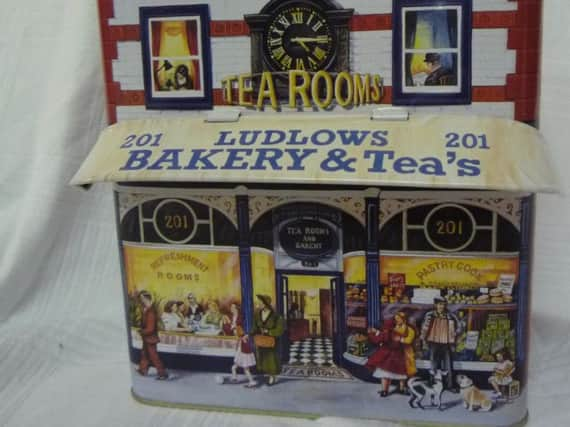Antiques teapots can have the money pouring in


Happy New Year! I trust you have had a great time and, after all the parties and merriment, what could be better to feature this week than tea! Surely the best tonic for those New Year hang-overs is a good cup of strong, sweet tea and we can thank the Victorians for that!
The Victorians made tea into the British obsession that it is, but it had come to our shores years before and tea drinking in other countries predates this by thousands and thousands of years.
Advertisement
Hide AdAdvertisement
Hide AdTo the rest of the world our love affair with tea seems bizarre but it has produced a whole range of interesting collectibles, none more so than teapots and caddies.
The earliest British ceramic teapots did not appear until the 1690s and then had to compete, sometimes unsuccessfully, against Chinese imports for the next hundred years.
One of the earliest examples may have been from Josiah Wedgewood, whose designs were more appealing to the middle-class buyer than earlier forms of ceramics available, and, unlike most British porcelain of the era, didn't “fly” (crack when it touched hot water).
Even from this early period the Staffordshire potteries started to produce teapots in all shapes and sizes, some as part of a formal tea drinking set, including cups and saucers and some as novelty items in the shape of anything from houses and boats to animals!
Advertisement
Hide AdAdvertisement
Hide AdWedgwood and Whieldon produced one of the most famous ranges of novelty teapots at this time, which were shaped as garden vegetables and fruit.
Traditional teapots are quite plump and rounded, with ample curving spouts and handles.
The shapes of teapots can help with dating them, but because many 18th century styles were repeated in the 19th and 20th centuries, one must check the marks on the base to tell whether the piece is a later reproduction. Collectors must bear in mind that teapots were made to be used and may have become well worn as a result. Before you buy one examine it carefully for damage, as restoration can be expensive.
The spout, handles and lids are the main areas to check for damage.
The variation in themes, styles and cost to suit anyone and everyone, make teapots a very popular collectable.
